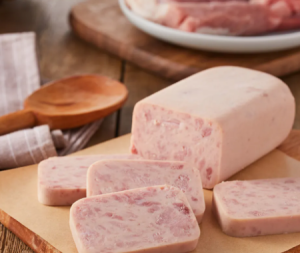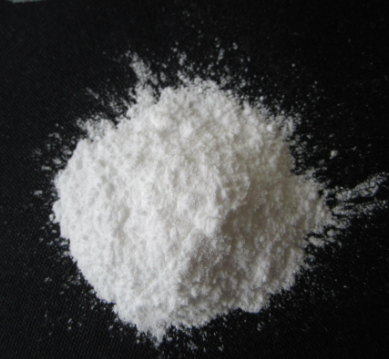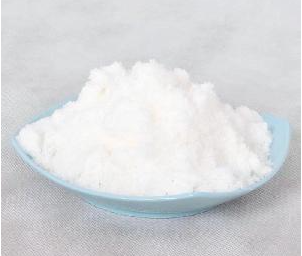This white, hygroscopic crystalline solid is made up of equal parts of sodium acetate and acetic acid on a molar basis. With free acetic acid content 39 to 41 % and sodium acetate 58 to 60 %.
In general, there are two manufacturing processes mentioned from authorities, from the FDA and EFSA, respectively.
According to FDA 21CFR184.1754, the synthesis of its technical grade is by reacting sodium carbonate with acetic acid or by reacting anhydrous sodium acetate with acetic acid for the production of special grade.
Based on the information from EFSA, the reaction is between sodium hydroxide and a calculated excess of glacial acetic acid to leave sufficient free acid after the production of sodium acetate.


Food
Generally, the application of its food grade covers bakery, meat, and savory products. Plus, the solid form makes it easy and safe to use and without the need to transport like liquid acetic acid.
Bread
As a preservative, it is used as a mold inhibitor in bread dough to prolong the shelf life. Meanwhile, it shows a synergistic antimicrobial effect with calcium propionate.
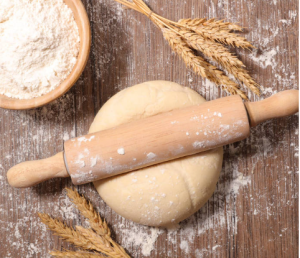
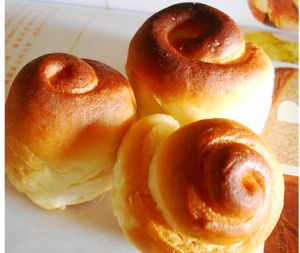
Meat
Low levels of sodium diacetate (i.e., below 0.2%) can lower the pH of the surface of meat products (such as in pork and beef) and therefore inhibit the growth of molds and bacteria, including some major foodborne pathogens, Listeria monocytogens.
It is not only due to its pH lowering effect, but to the activity of the acetate ion on listerial growth.
The combination of sodium lactate or potassium lactate with sodium diacetate is more effective in retarding microbial growth.

